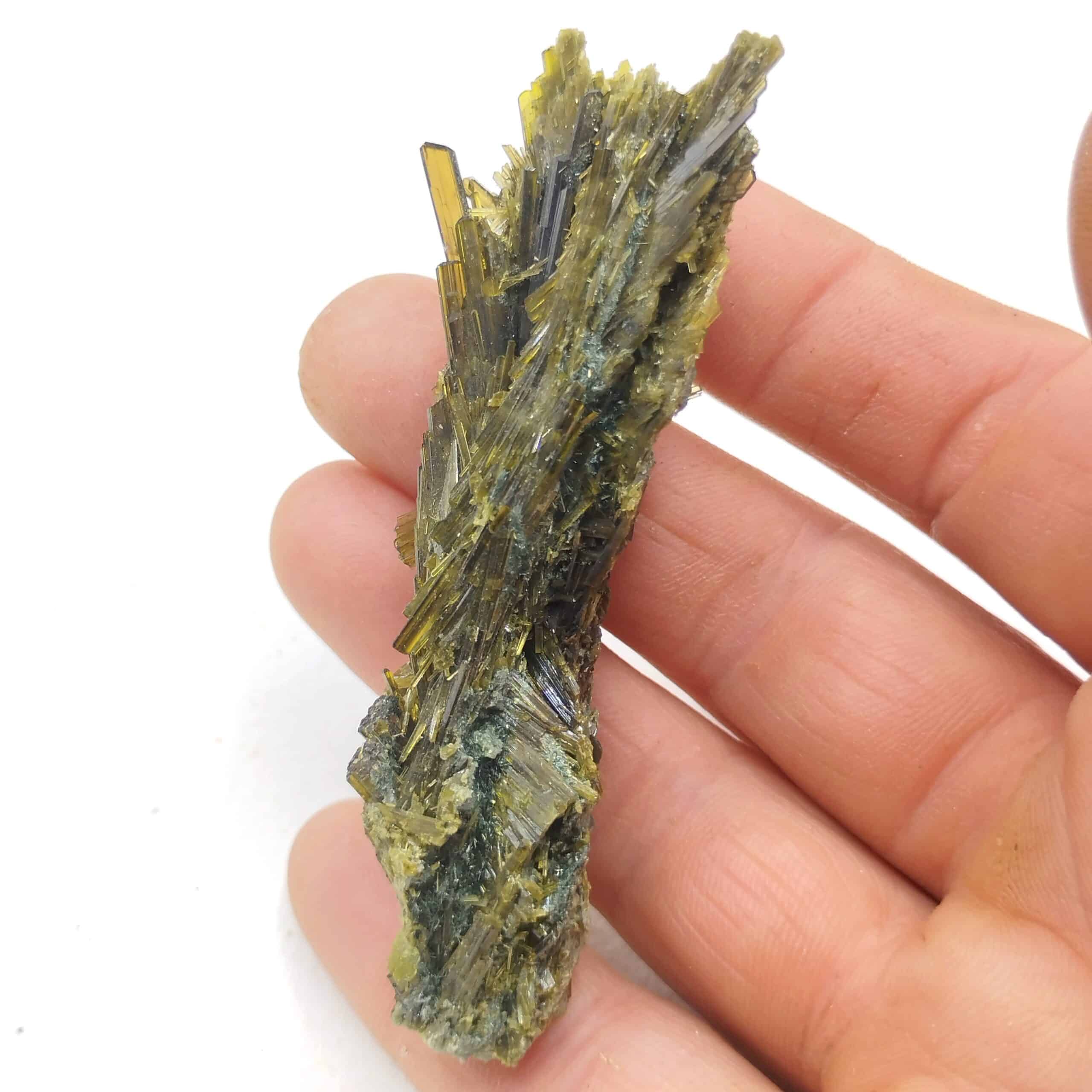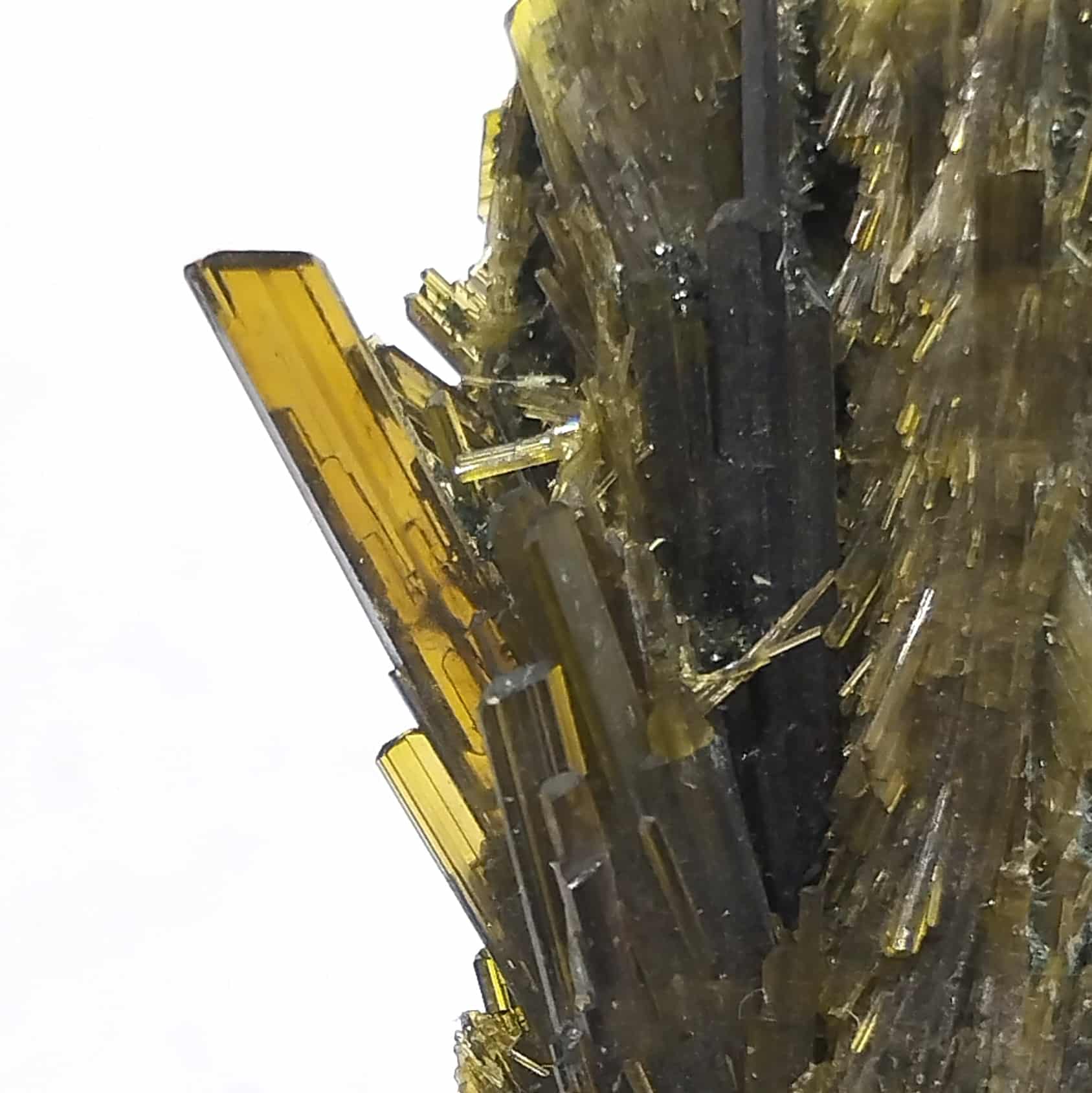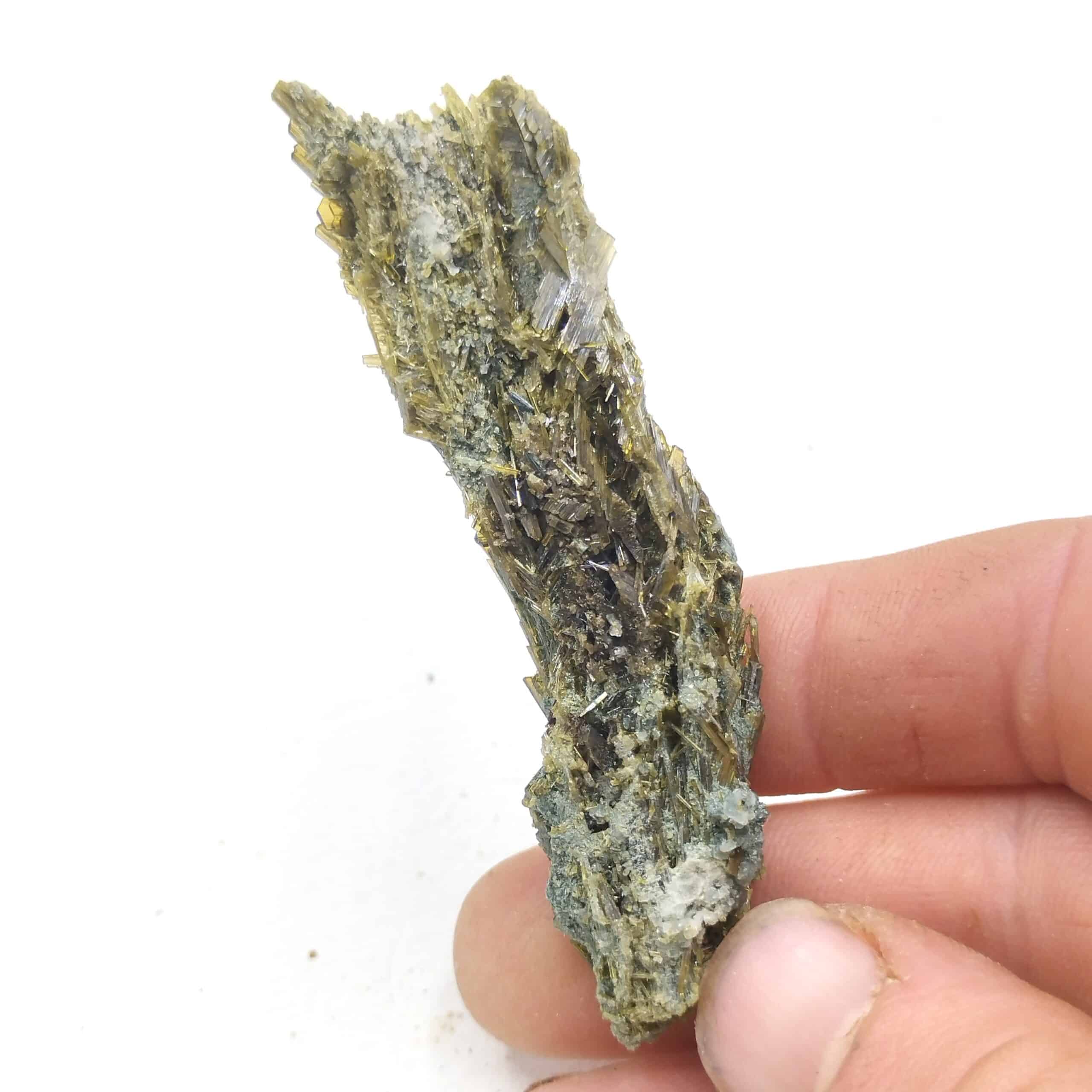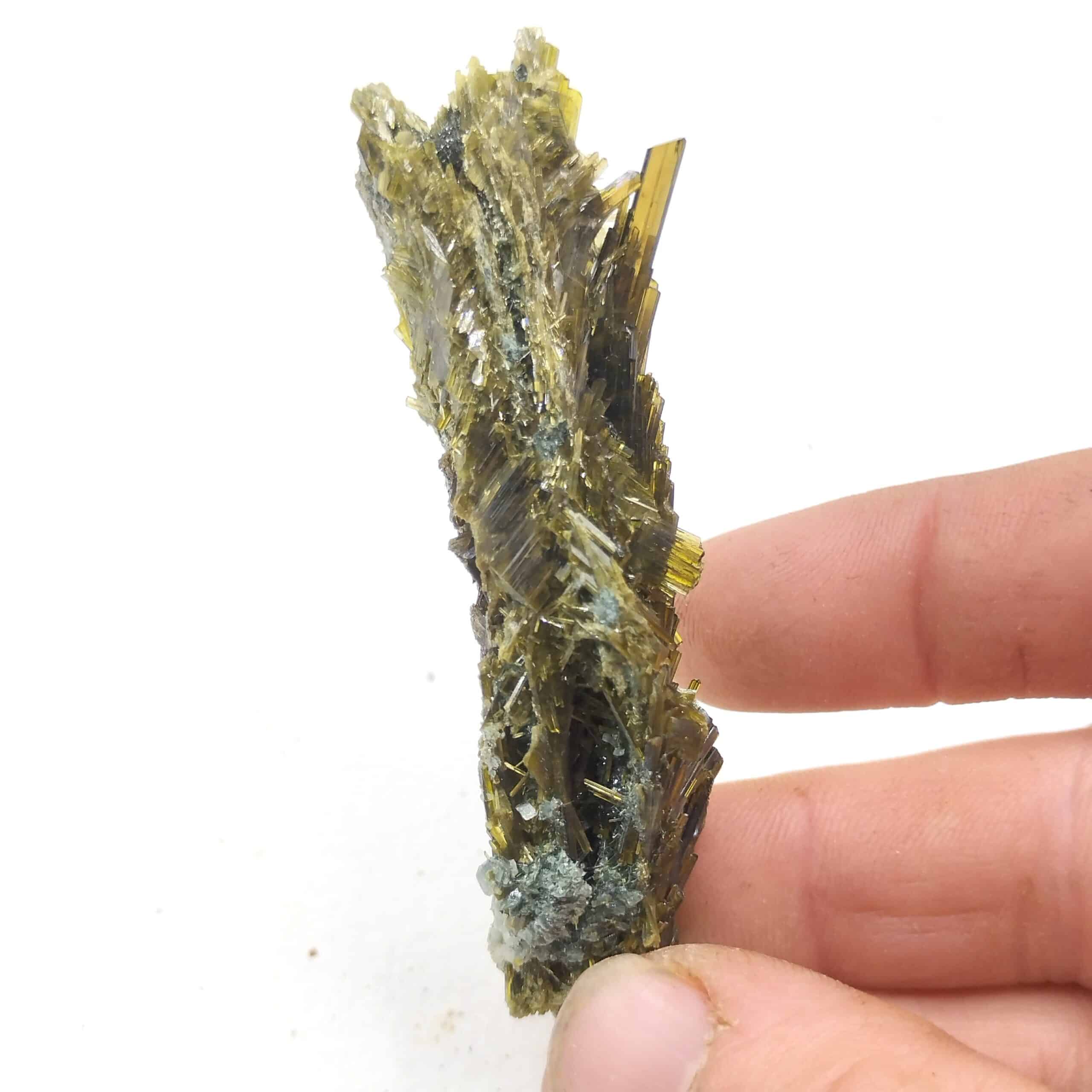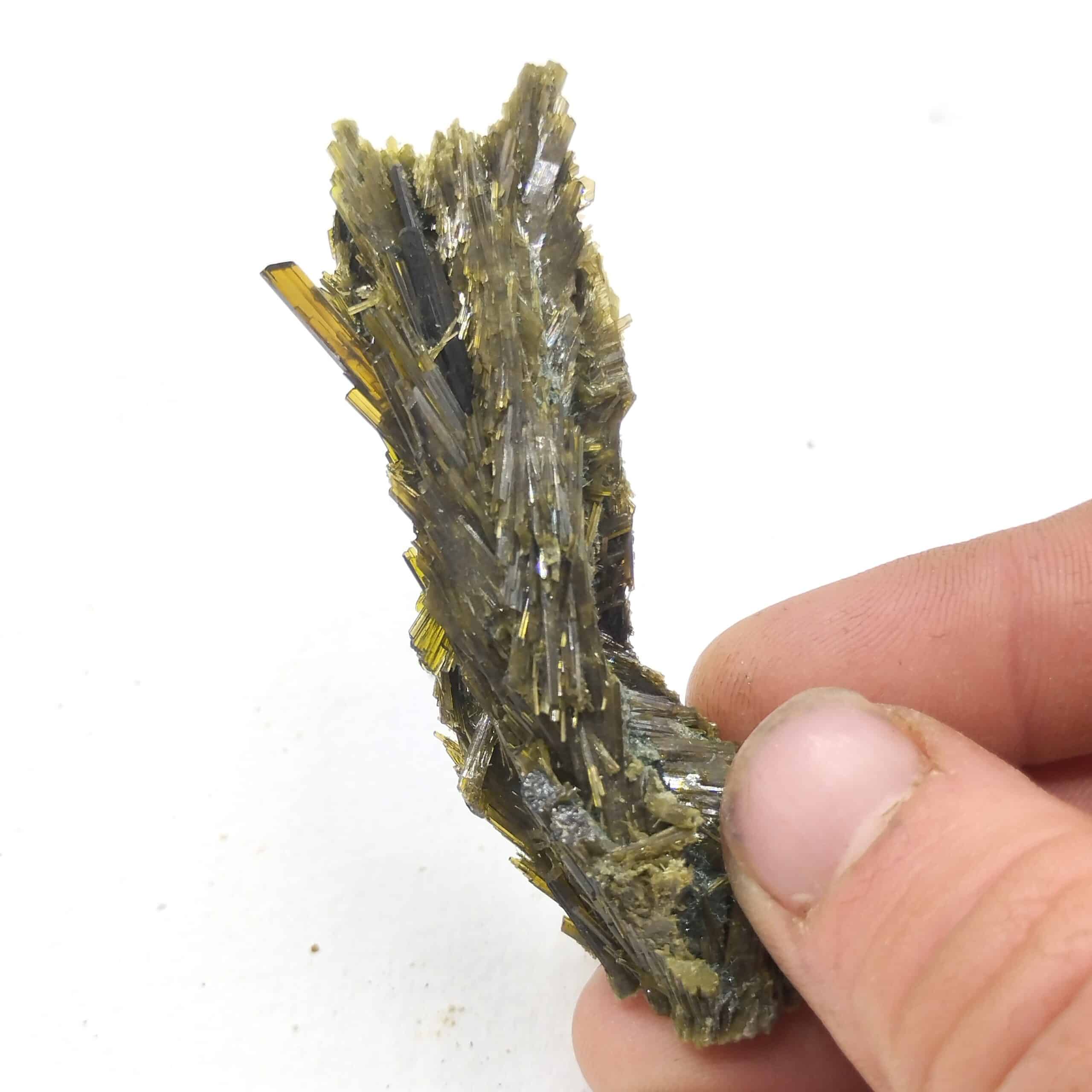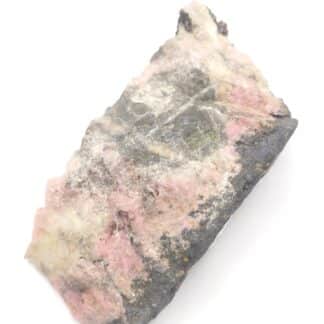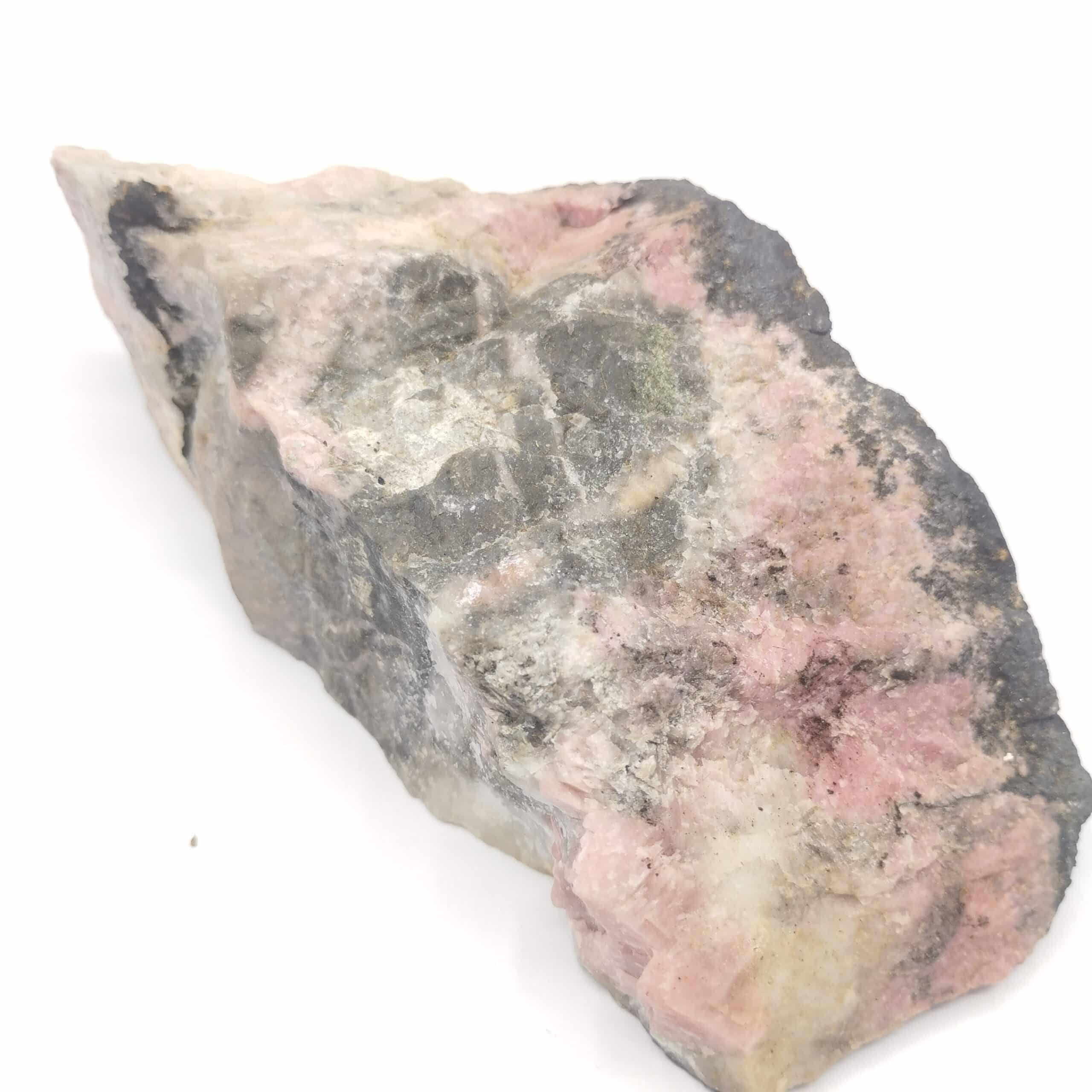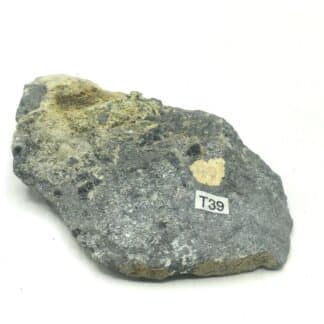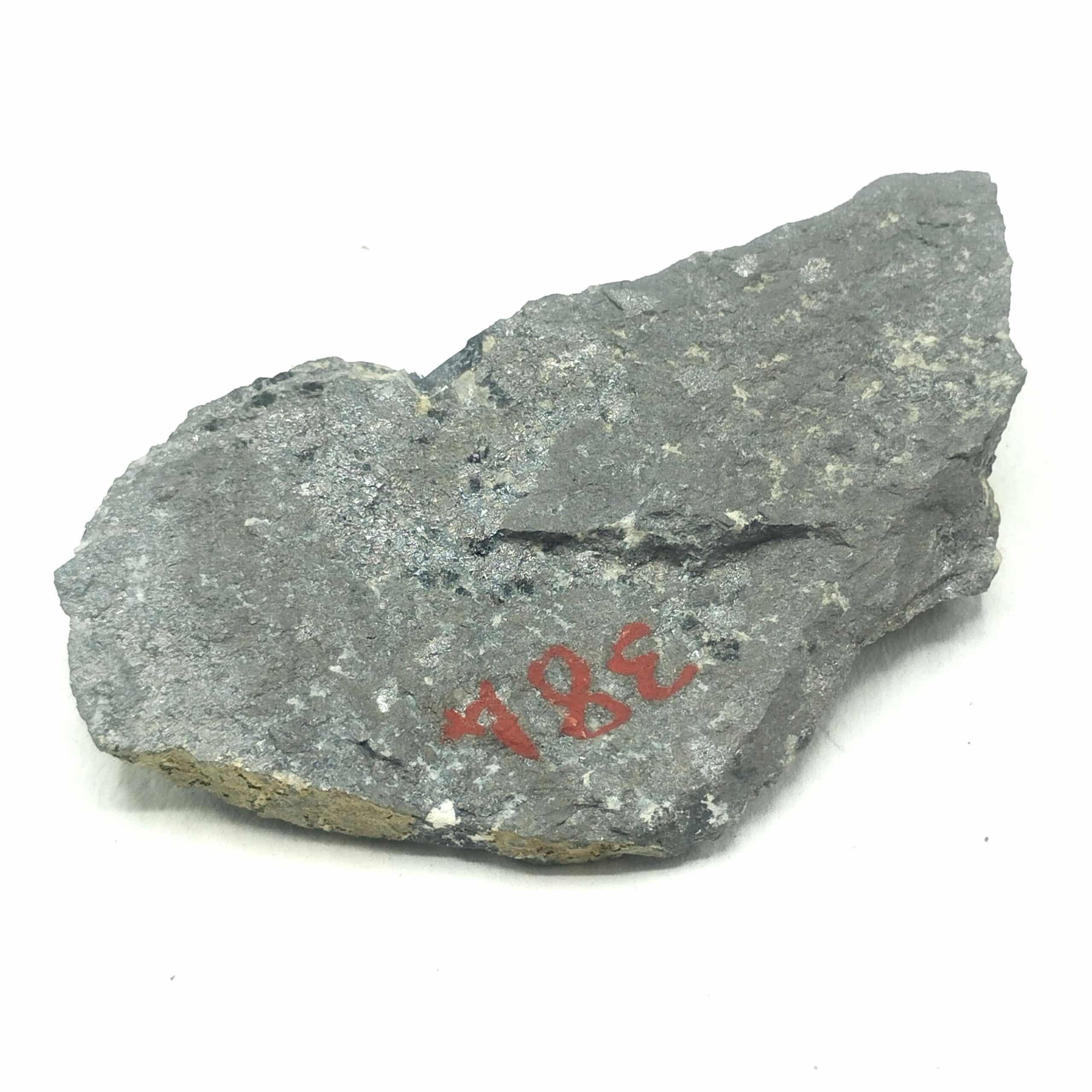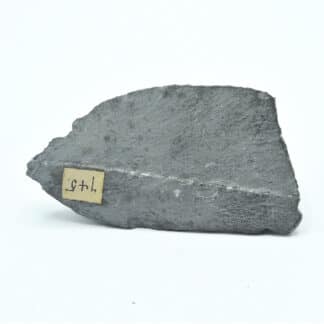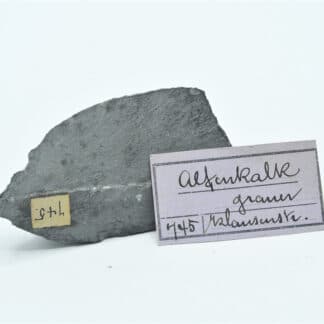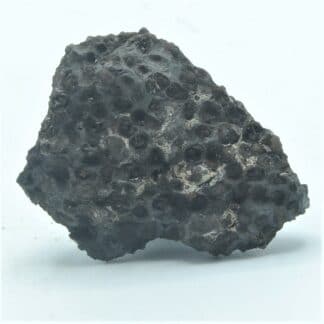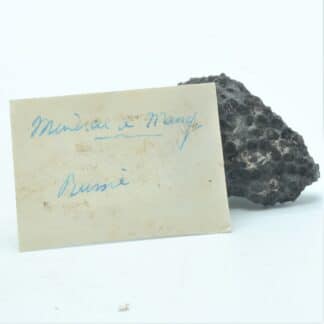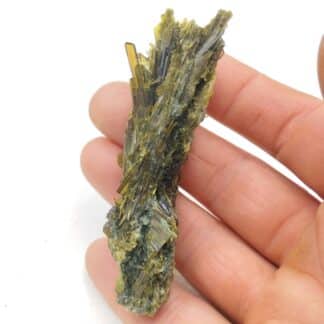Description
Epidote is a sorosilicate described by mineralogist René Just Haüy in 1801. Its name means “which has received an increase”, which is perfectly understandable when you look at the specimen here. Epidote is formed in metamorphic, hydrothermal or metasomatic contact rocks and by the alteration of plagioclase.
Known in France in beautiful crystal plaques at Cornillon, in Oisans (Isère), in the Raon-l’Étape quarry in the Vosges, at Cevins and at Lauzière in Savoie, among others.
This elegant, almost finished crystal comes from the world’s best deposit, the Knappenwand, Untersulzbach Valley, Hohe Tauern, Salzburg, Austria.
This post is also available in: French
